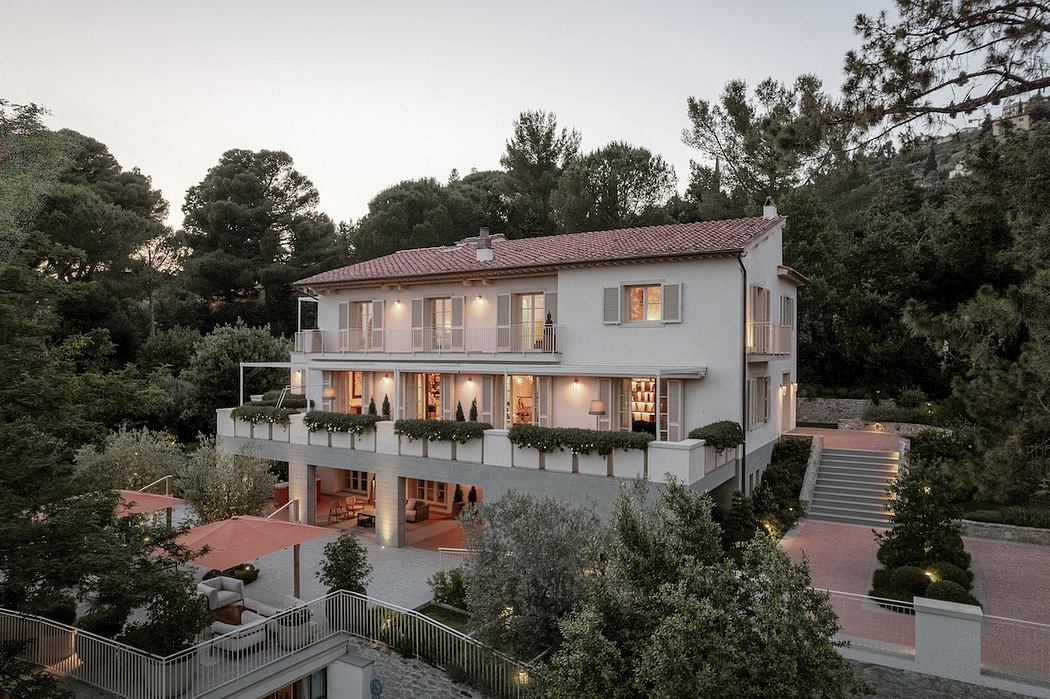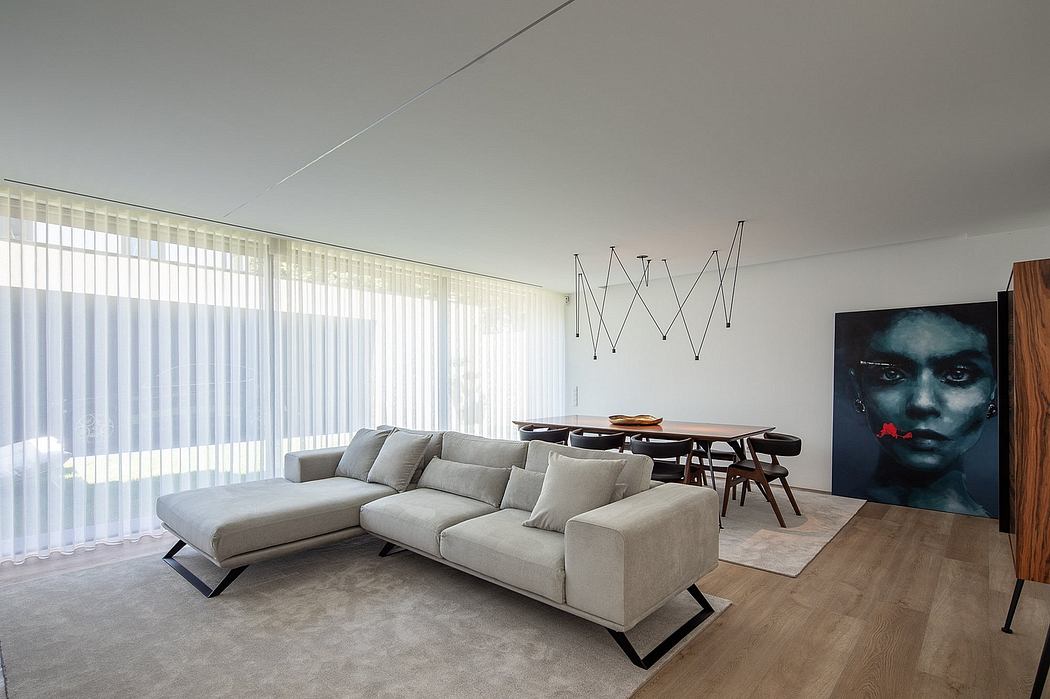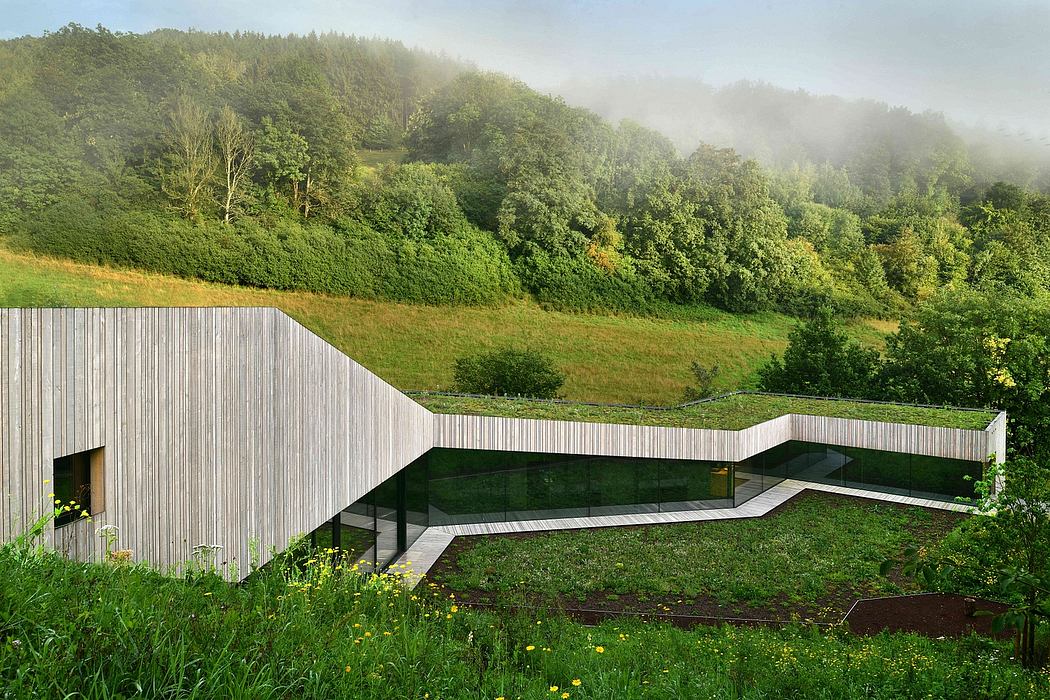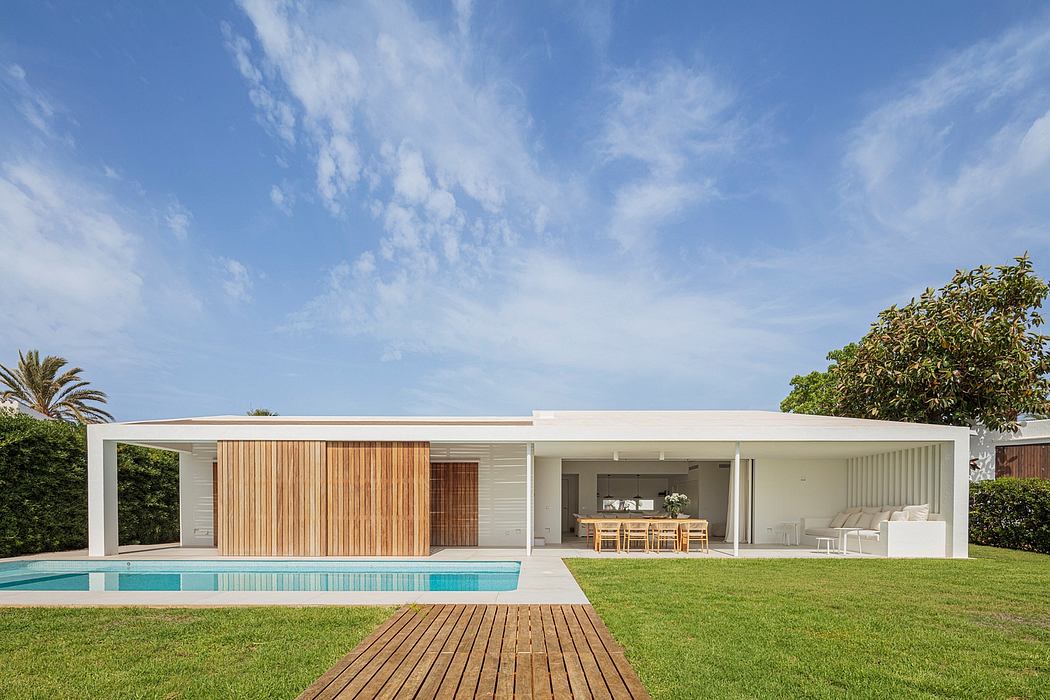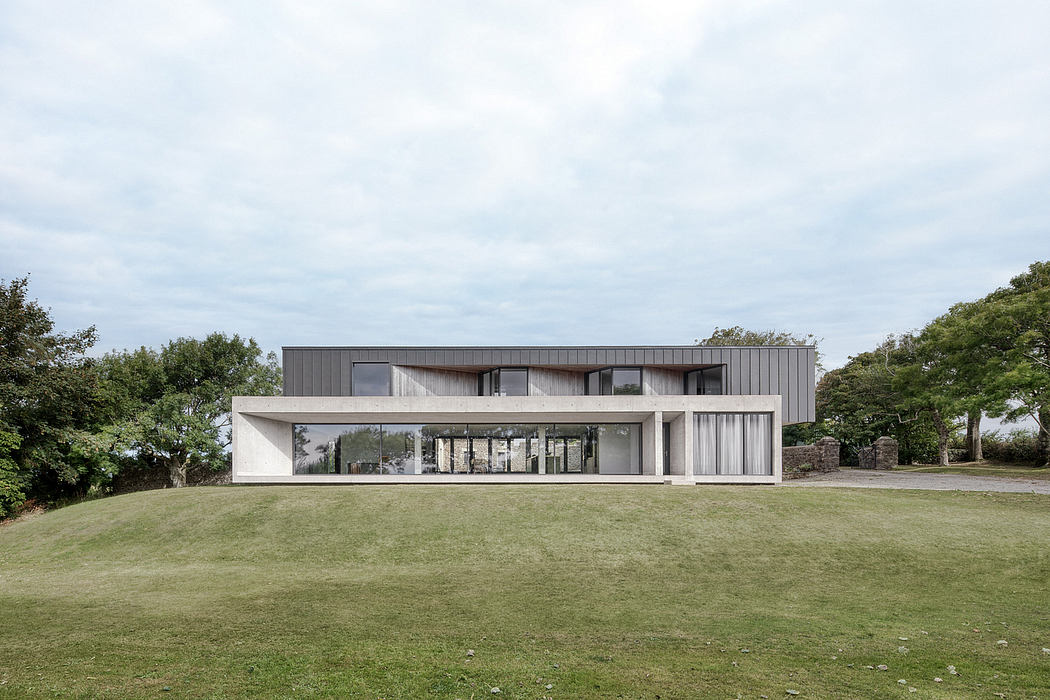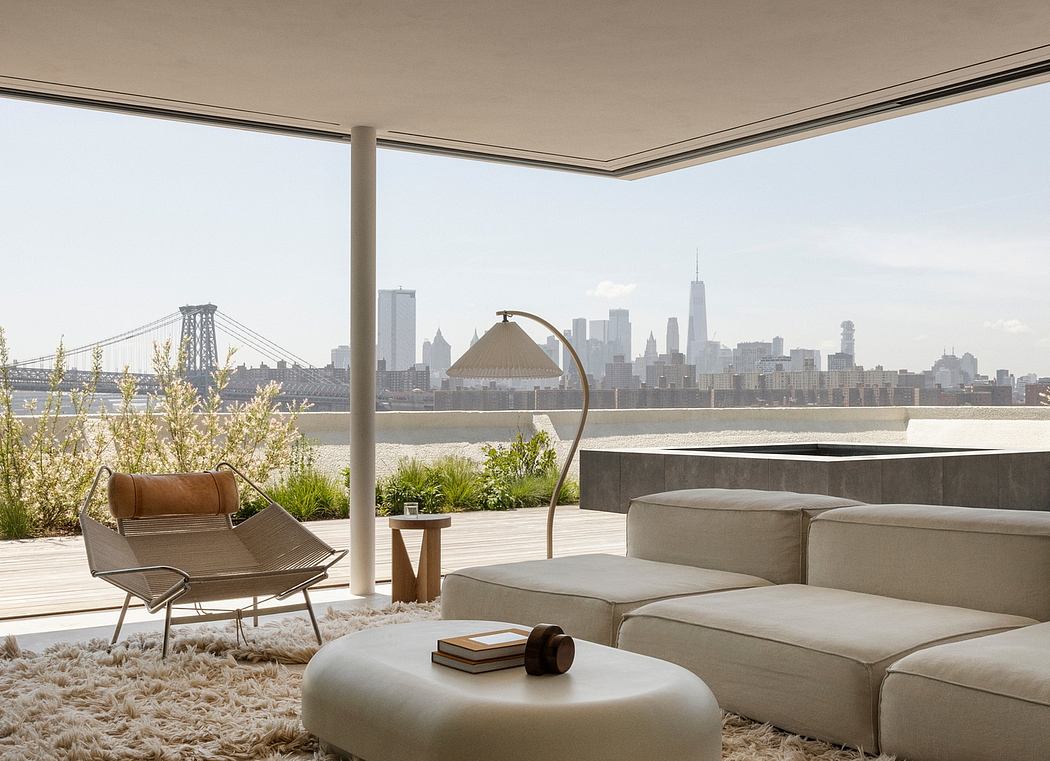These 3D-Printed Pavilions Are Architecture for the Anthropocene
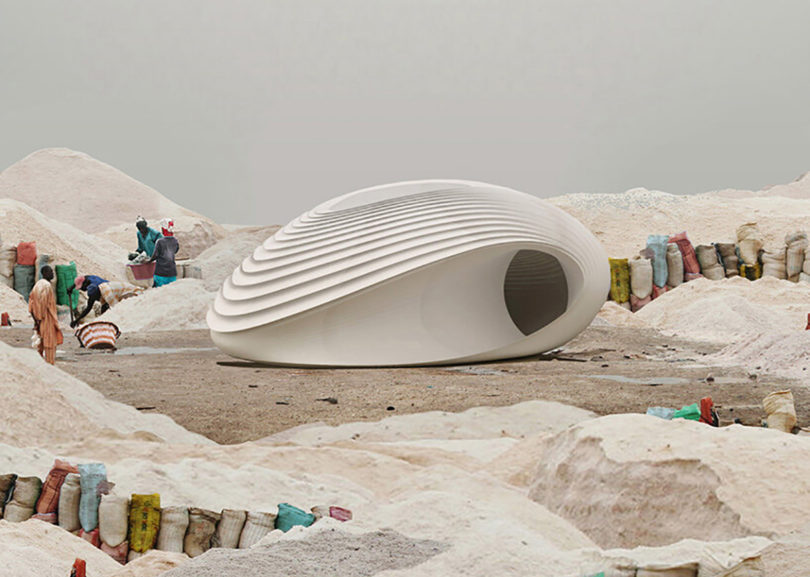
This 3D-printed habitat is made from 24 recycled plastic parts, turning an abundant waste material into an architectural commodity.
The effects of climate change paired with the mounting accumulation of global plastic waste will undoubtedly change the landscape and scope of architecture in the decades ahead. Structures, including housing, will need to be adaptive not only in their intended form, but also in the manufacturing and material sourcing process. Noting these challenges, a 3D-printed prototype pavilion designed by architecture studio Hassell, in partnership with 3D-printing studio Nagami and creative collective to.org, propose utilizing a material that isn’t dwindling, but mounting in availability with every passing day.
Inspired by Qarmaq, a type of inter-seasonal, single-room family dwelling long used by the Central Inuit of Northern Canada, this concept interprets the indigenous architecture into a 3D-printed pavilion constructed with recycled plastic. Engineered for inclement weather and harsh local climates around the globe ? in heat or in extreme cold ? the small habitat combines traditional indigenous solutions with technological adaptations to permit modifications as required in response to the structure’s site. In its most extreme iteration the pavilion will be hermetically sealed with its gently grooved exterior designed to collect snow to create natural insulation similar to the traditional igloo.
From overhead, the pavilion’...
The effects of climate change paired with the mounting accumulation of global plastic waste will undoubtedly change the landscape and scope of architecture in the decades ahead. Structures, including housing, will need to be adaptive not only in their intended form, but also in the manufacturing and material sourcing process. Noting these challenges, a 3D-printed prototype pavilion designed by architecture studio Hassell, in partnership with 3D-printing studio Nagami and creative collective to.org, propose utilizing a material that isn’t dwindling, but mounting in availability with every passing day.
Inspired by Qarmaq, a type of inter-seasonal, single-room family dwelling long used by the Central Inuit of Northern Canada, this concept interprets the indigenous architecture into a 3D-printed pavilion constructed with recycled plastic. Engineered for inclement weather and harsh local climates around the globe ? in heat or in extreme cold ? the small habitat combines traditional indigenous solutions with technological adaptations to permit modifications as required in response to the structure’s site. In its most extreme iteration the pavilion will be hermetically sealed with its gently grooved exterior designed to collect snow to create natural insulation similar to the traditional igloo.
From overhead, the pavilion’...
| -------------------------------- |
|
|
Villa M by Pierattelli Architetture Modernizes 1950s Florence Estate
31-10-2024 03:55 - (
architecture )
Leça da Palmeira House by Raulino Silva
31-10-2024 03:55 - (
architecture )

